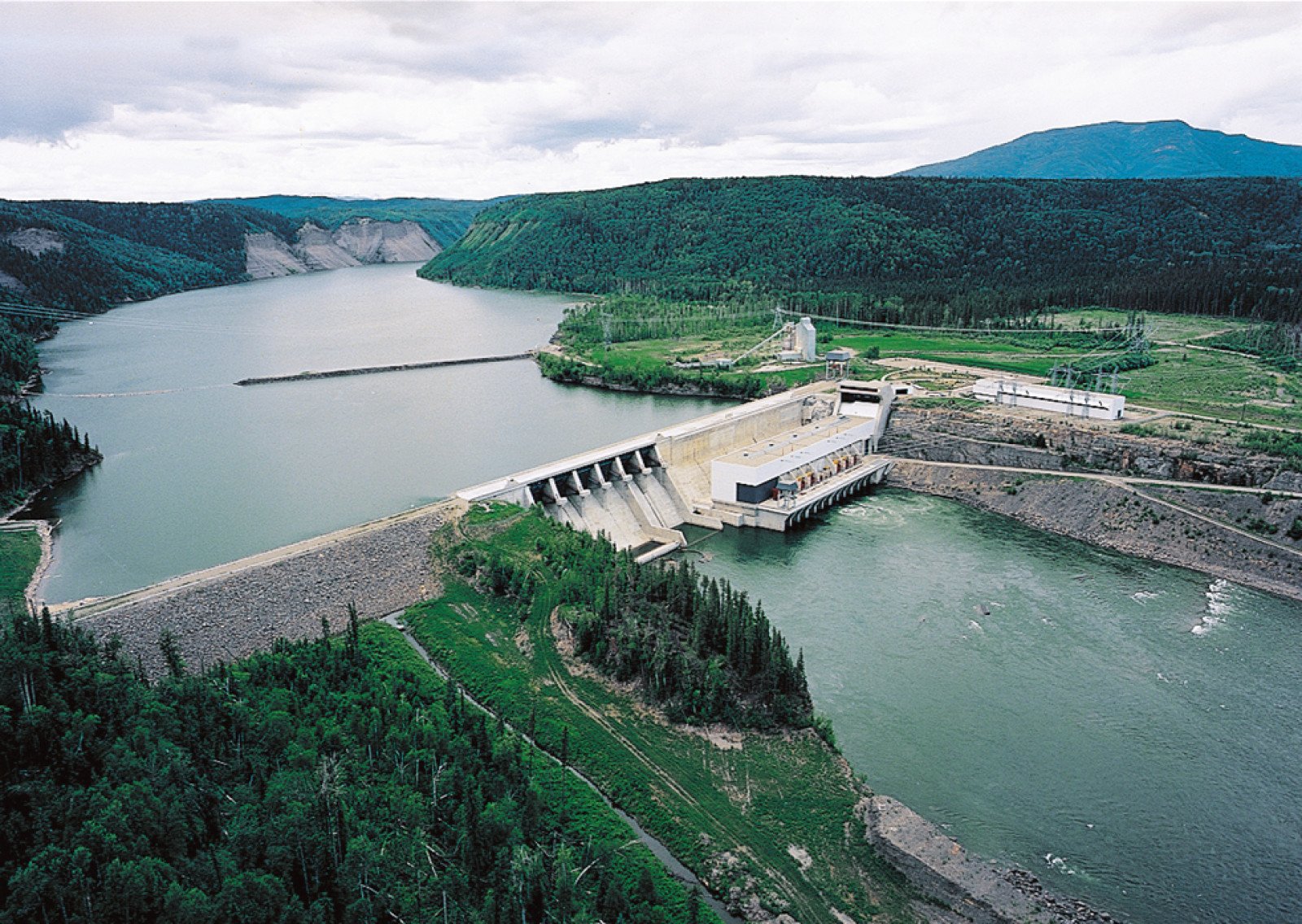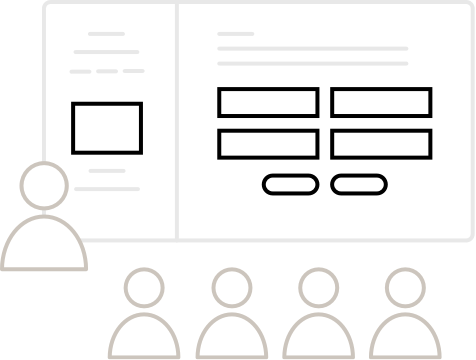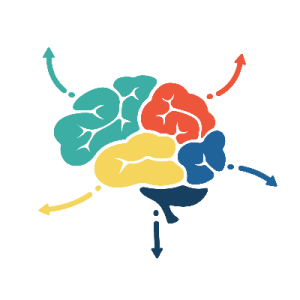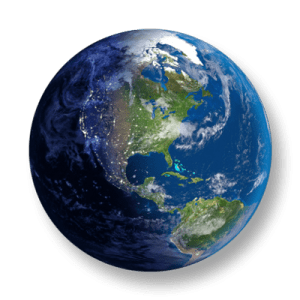Our clean energy
Delve into the different sources of energy and our clean energy choices.

Overview
Get your students thinking about different ways electricity can be generated and how these different methods impact the environment. Through research, we can celebrate B.C.'s clean electricity and learn about energy choices and initiatives in B.C.
Participate as a class
A single screen and laptop is used for watching the video and answering questions together as a class.
Before you begin, make sure:
- You’re connected to the internet
- You’re projecting your screen for the class to see

Need help with using quiz activities in the classroom?
Check out
our
Getting started guide.
Instructions
What you'll need
- “Energy and the environment” handout
Introduce the topic
- On the board, list the 10 different methods of generating electricity:
- Biogas
- Coal
- Oceans
- Oil
- Geothermal
- Hydro
- Natural gas
- Nuclear
- Solar
- Wind
- Start the discussion with your students by asking them how each method of generation has an impact on the environment (they all do).
- Explain that renewable resources (like solar, wind, hydro and biomass) are replenished naturally and non-renewable energy resources (like coal, nuclear and oil) are available in limited supplies, usually due to the long time it takes for them to be replenished.
Our clean energy video
- Play the "Our clean energy" video below, asking students to keep in mind the different resources of renewable and non-renewable energy.
Group work
- Have your students pair up, giving each pair one “Energy and the environment” handout (printed single-sided). After they’ve read it over, they can cut the handout so that each energy source is separate.
- Have the pairs put the energy sources in order according to its environmental impact, with those with minimal impact at the top and highest impact at the bottom.
- When the students have reached agreement, have them tape their energy sources in order on the board for comparison and discussion.
- Make sure your students understand and appreciate that there’s no correct answer for the ranking, although non-renewable sources should be at the bottom.
Debrief and discuss
- As a class, come up with a summary of the activity:
- We obtain energy from many different sources
- All of the energy choices we make have an impact on the environment
- Our energy use impacts climate change
Research project
- Break the students into small groups and have them research:
- a clean energy project in B.C. Students can find their own projects or choose from one of these three local examples:
- SunMine, Kimberley (solar power)
- Meikle Wind, Peace Region (wind power)
- WAC Bennett Dam, Hudson’s Hope (hydro power)
- Or, students can compare different transportation options in B.C. and research the pros and cons of gasoline-powered vehicles vs. electric vehicles in our province.
- a clean energy project in B.C. Students can find their own projects or choose from one of these three local examples:
Take the quiz
- Launch the quiz activity at the top of this page to test your students on what they learned.
Curriculum Fit
Core competencies
Communications
- Acquire, interpret, and present information (includes inquiries)
- Collaborate to plan, carry out, and review constructions and activities
Thinking
- Creative thinking: generating ideas
- Critical thinking: develop and design
Social responsibility
- Contributing to community and caring for the environment
The activities also connect to a variety of grade-specific curricular competencies and content in a variety of subjects including Social Studies, Science, and English Language Arts.
Assessments
- Assess students’ ability to research, analyze and present ideas.
- Assess students’ participation and cooperation in group work.
- Assess students’ understanding of fossil fuels versus clean energy.
Teaching Notes
The energy choices we make have an impact on the environment. There are pros and cons to all energy choices, but some forms of energy, like fossil fuels, have a greater impact than others.
The power generated from systems like hydroelectric dams are considered to be sustainable because the source of the power, water, is renewable. This form of energy generation is often referred to as being “green” because of the renewable source, and the fact that the environmental impact is relatively minimal.
When it comes to resources, there are consequences for not using sustainable practices. Fossil fuels are a finite resource and once used up they are gone. And burning them impacts the environment and climate. Greenhouse gases are gases in the Earth's atmosphere that capture the heat of the sun.








